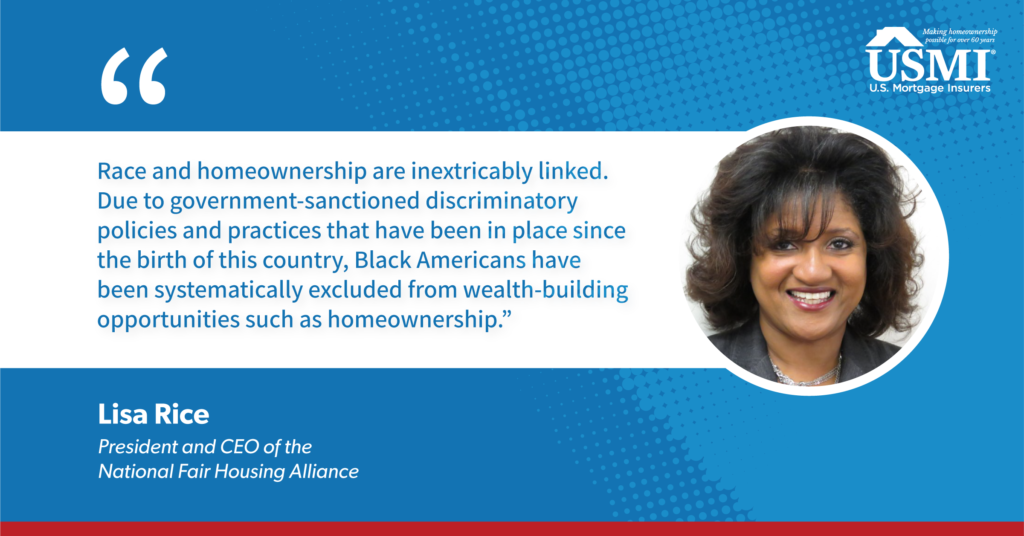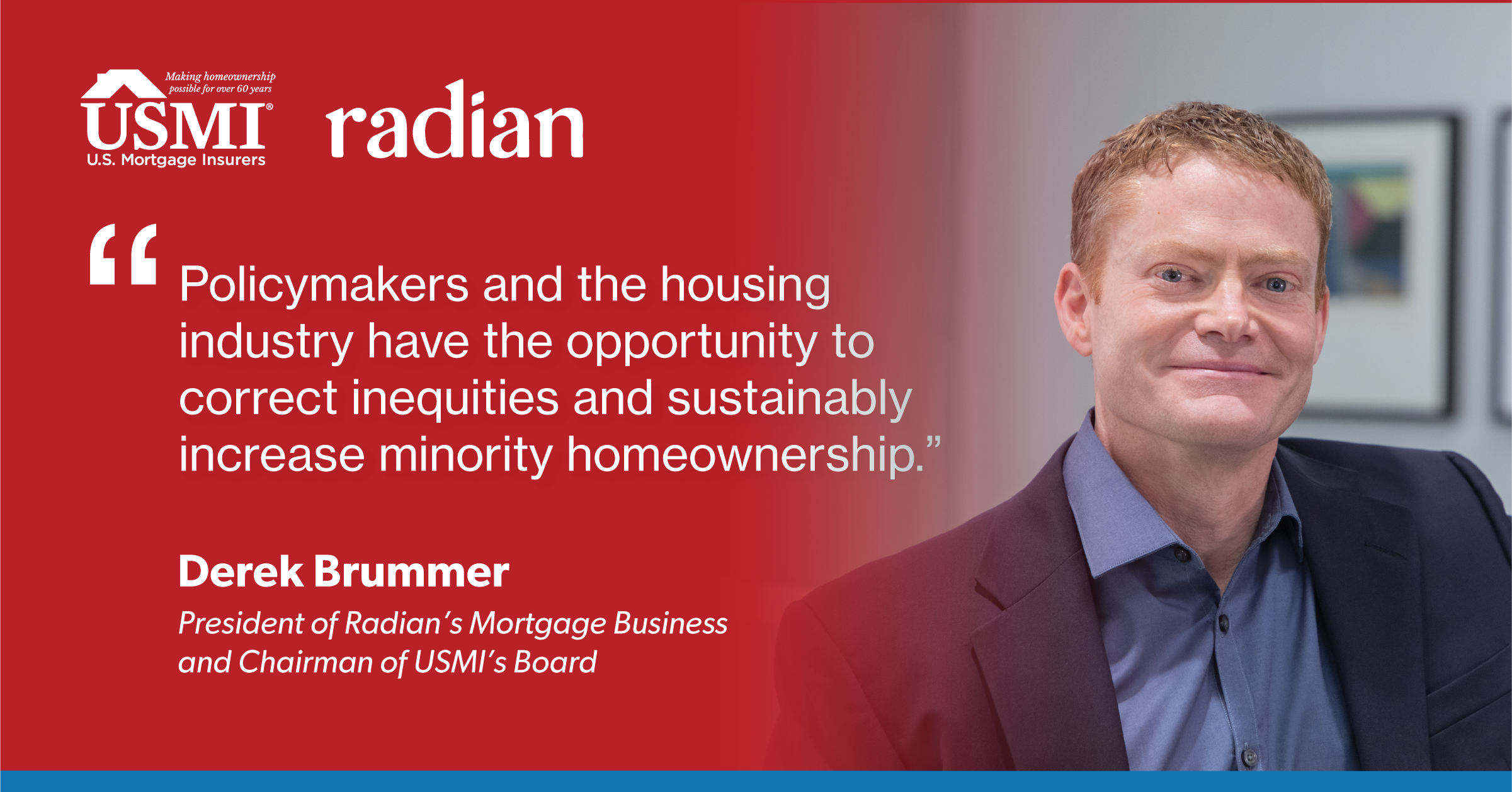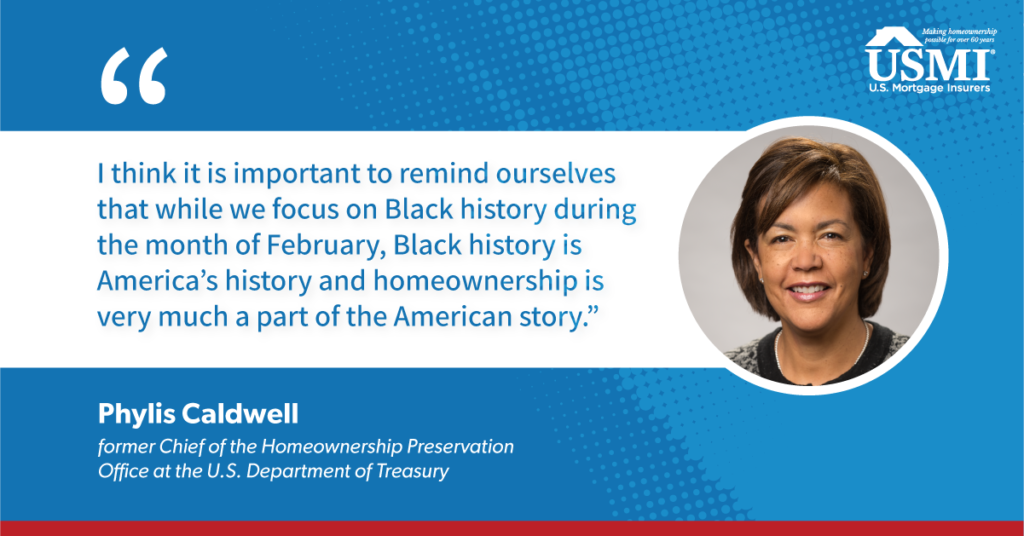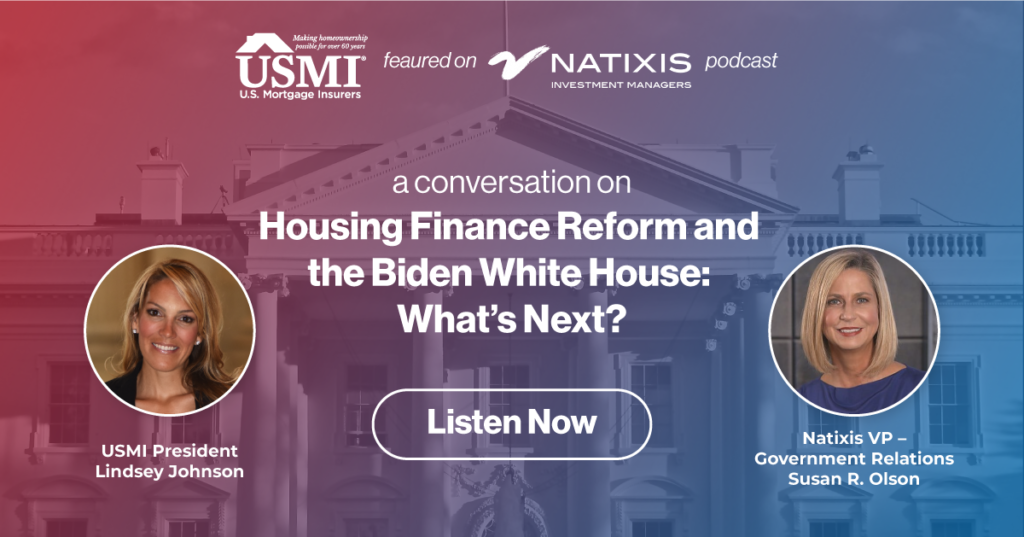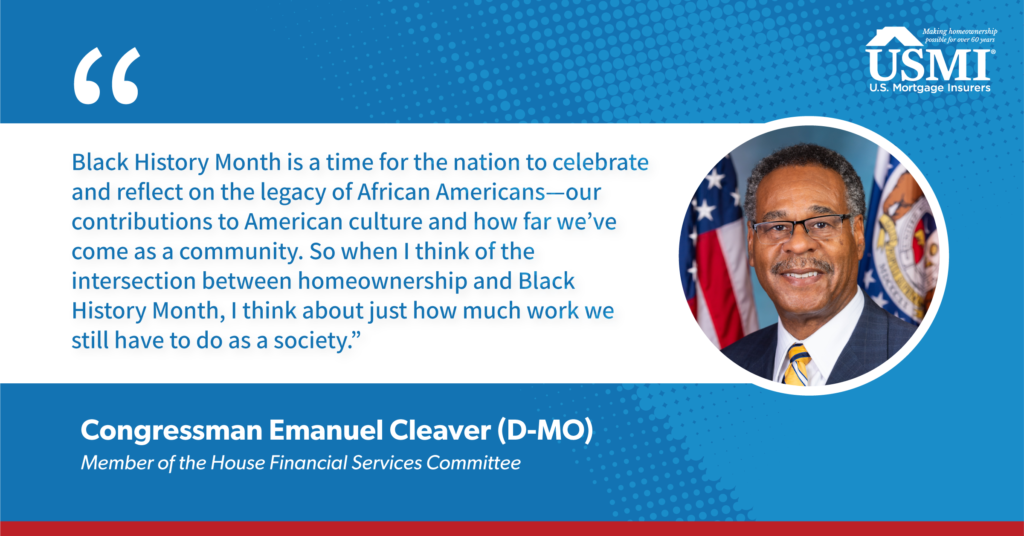
In our series celebrating Black History Month, USMI had the honor to speak with Congressman Emanuel Cleaver (D-MO), a member of the U.S. House of Representatives since 2005 who serves on the House Financial Services Committee and chairs the Subcommittee on Housing, Community Development, and Insurance. Congressman Cleaver shared with USMI his thoughts on increasing Black homeownership in the United States and other topics related to the mortgage finance sector in 2021 and beyond.
While homeownership has risen over the past few years, so has the growing recognition of the significant racial and economic disparities in mortgage lending and access to affordable mortgage credit, especially in the wake of the COVID-19 pandemic. Of the 2.6 million homeowners that are currently past due on their mortgages, as reported by the Mortgage Bankers Association, over half of them are people of color, according to Census Bureau Household Pulse Survey data from January 20 to February 1, 2021. This situation presents an opportunity for policymakers to correct inequities and better support minority homebuyers.
For more than 60 years, the private mortgage insurance (MI) industry has enabled more than 33 million low- and moderate-income Americans to attain affordable and sustainable homeownership in the conventional market. In the past year alone, nearly 60 percent of borrowers who purchased their home using private MI were first-time homebuyers, and more than 40 percent had incomes of $75,000 or less. It is a goal of the MI industry to work with regulators and lawmakers to increase minority lending within the conventional mortgage market, and Black History Month is a perfect time to advance this conversation.
The below Q&A with Congressman Cleaver is part of a USMI series during the month of February to highlight prominent Black leaders in the housing finance and mortgage industries to discuss their work and perspectives on the goal of increasing Black homeownership in America and other key topics in housing finance.
(1) How does Black History Month intersect with the issue of homeownership?
Black History Month is a time for the nation to celebrate and reflect on the legacy of African Americans — our contributions to American culture and how far we’ve come as a community. So when I think of the intersection between homeownership and Black History Month, I think about just how much work we still have to do as a society. In 1960, the Black homeownership rate in the United States was 38 percent and white homeownership was 65 percent. In 2015, less than 38 percent of Black families in Kansas City owned a home and the racial homeownership gap has only widened across the country. While we look back and celebrate the contributions of the Black community during Black History Month, we also must look forward and take action on the remaining challenges in front of us. Closing the racial homeownership gap is certainly one of the biggest mountains we still have to climb.
(2)What are the top two or three 2021 priorities that lawmakers and the new Administration should focus on related to housing finance?
I know President Biden has looked at this issue with the seriousness it deserves because I’ve spoken with him about it directly. If you look at the Administration’s plans, it will help strengthen underserved communities by investing in them through housing — and a major component of that is through housing finance. Lawmakers must move with urgency to end modern day redlining by strengthening the Community Reinvestment Act. We cannot allow lenders to discriminate against individuals based on where they live, and we must ensure that fintechs and other non-bank lenders are held to as strong of standard. The administration must also make it a high priority to hold discriminatory financial institutions accountable. Not only must the administration vigorously investigate discriminatory lending from financial institutions big and small, but when allegations of discrimination or unfair lending practices are found, they must take substantive action to rectify them.
(3) Can greater homeownership racial equity be achieved in the next 5 to 10 years in America, and what must happen to increase the rate of Black homeownership?
There is no question that we can achieve greater racial equity in terms of homeownership, but elected officials—from the President to Congress to Governors to Mayors—must make a concerted effort to address the inequity that still plagues our nation. Homeownership has long been considered the gateway to the middle class, which is why I believe it is where we should focus our attention if we are seeking to make our economy more equitable. There are a lot of policy actions that can get the ball rolling, such as reforms to the housing finance system, enforcement of fair housing laws, and increasing the supply of affordable housing stock, but one great place to start would be increasing funding and access to governmental down payment assistance programs. Because communities of color simply haven’t been afforded the same opportunities to build up generational wealth, it makes it difficult to afford the down payment on a house that opens the door to the middle class.
Congressman Cleaver’s Biography
Emanuel Cleaver, II is now serving his ninth term representing Missouri’s Fifth Congressional District, the home district of President Harry Truman. He is a member of the House Committee on Financial Services; Chair of the Subcommittee on Housing, Community Development, and Insurance; member of the Subcommittee on Oversight and Investigations; member of Subcommittee on Investor Protection, Entrepreneurship, and Capital Markets; member of the House Committee on Homeland Security; and member of the Subcommittee on Border Security, Facilitation, and Operations.
Having served for twelve years on the city council of Missouri’s largest municipality, Kansas City, Cleaver was elected as the city’s first African American Mayor in 1991.
During his eight-year stint in the Office of the Mayor, Cleaver distinguished himself as an economic development activist and an unapologetic redevelopment craftsman. He and the City Council brought a number of major corporations to the city, including TransAmerica, Harley Davidson, and Citi Corp. Cleaver also led the effort, after a forty-year delay, to build the South Midtown Roadway. Upon completion of this major thoroughfare, he proposed a new name: The Bruce R. Watkins Roadway. Additionally, his municipal stewardship includes the 18th and Vine Redevelopment, a new American Royal, the establishment of a Family Division of the Municipal Court, and the reconstruction and beautification of Brush Creek.
Cleaver has received five honorary Doctoral Degrees augmented by a bachelor’s degree from Prairie View A&M, and a master’s from St. Paul’s School of Theology of Kansas City.
In 2009, Cleaver, with a multitude of accomplishments both locally and Congressionally, introduced the most ambitious project of his political career—the creation of a Green Impact Zone. This zone, consisting of 150 blocks of declining urban core, has received approximately $125 million dollars in American Recovery and Reinvestment funds. The Green Impact Zone is aimed at making this high crime area the environmentally greenest piece of urban geography in the world. This project includes rebuilding Troost Avenue, rehabbing bridges, curbs and sidewalks, home weatherization, smart grid technology in hundreds of homes, and most importantly, hundreds of badly needed jobs for Green Zone residents.
During the 112th Congress, Cleaver was unanimously elected the 20th chair of the Congressional Black Caucus.
In 2016, as Ranking Member of the Housing and Insurance Subcommittee, Cleaver successfully co-authored the largest sweeping reform bill on housing programs in 20 years, the Housing Opportunity Through Modernization Act, a bipartisan comprehensive housing bill that passed into law with a unanimous vote.
In 2018, Congressman Cleaver received the Harry S. Truman Good Neighbor Award, the highest honor bestowed by the Harry S. Truman Good Neighbor Award Foundation. Past honorees include President Bill Clinton, the late Senator John McCain, and Justice Sandra Day O’Connor.
Cleaver, a native of Texas, is married to the former Dianne Donaldson. They have made Kansas City home for themselves and their four children, and grandchildren.




